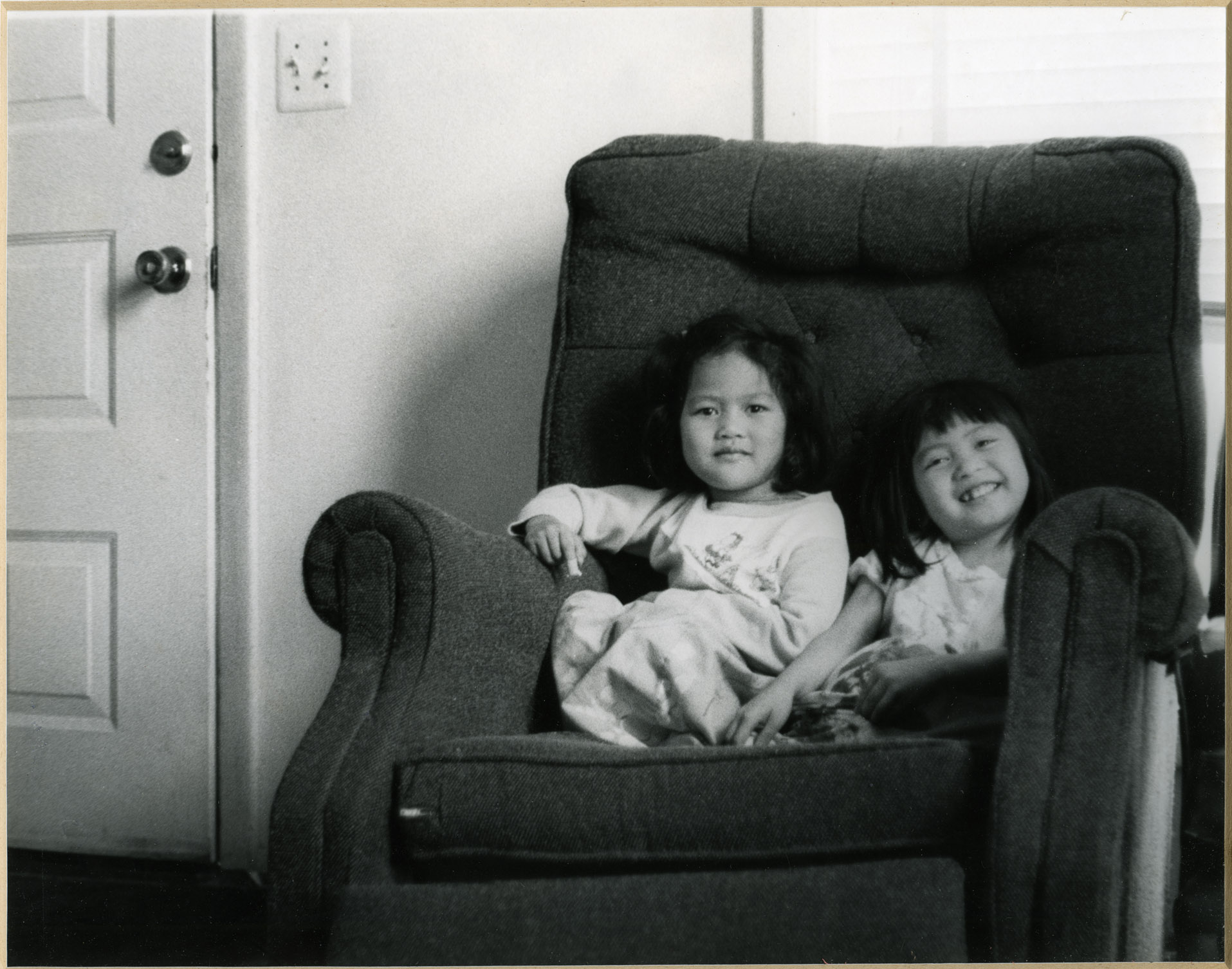Background on the Cambodian exhibition

At home, photo by Cham Nan Koy, 1986
Organized by UMass anthropology professor Joel Halpern, the images in this collection were put on display during the Cambodian New Year celebration in 1986. As part of the celebration, members of the large community of Cambodian refugees who have resettled in Amherst were recognized.
A Five College event, the festivities took place over the course of several days and across three campuses. The film Cambodia, The Peaceful Paradox was played on Tuesday, April 1st at UMass. On Friday, April 4th, the art and photography exhibit opened at the Frost Library at Amherst College at 3 PM, followed by lecture by journalist T.D. Allman at 4 PM. There was a reception of Cambodian food and music. The following day, Saturday the 5th, there was a taste of Cambodian dishes and the art exhibit continued in the afternoon at UMass along with a slide presentation. At 7 PM that evening, a religious ceremony was held at the UMass campus pond. It was done by boat, in which the boat represented Dharma, which moves one from suffering and bondage to happiness and freedom. The water represented loving kindness, which assimilates through the virtue of its omnipresence; in the sky, on the land, and in all people. After this ceremony, talks were given at Bowker Auditorium, concluding with Cambodian music and dancing. This day was closed by a dance party in the campus center at 10 PM. On Friday, April 11th, festivities resumed at Mount Holyoke College. The films: Refugee Women, and Bamboo City played at Hooker Auditorium at 7:30 PM. A panel discussion on Refugees in New England was held at the Eliot House at Mount Holyoke Saturday Afternoon from 1-4 PM.
The Cambodian New Year is a three day celebration. Traditionally, families spend the month before thoroughly cleaning their homes. Early in the morning each of the three days, women prepare a meal to bring to monks at the temple by 7 AM. From then until noon the family attends a religious service, after which the children play and adults return home. No work is done for these three days.
The Khmer Rouge ruled in Cambodia from 1975-1979. Trying to create a purely agrarian communist society, they evacuated cities and forced the population to work long days in the field without food or rest. This led to famine, starvation, and exhaustion. Paired with severe brutality from the soldiers, more than a million Cambodians died at the hands of the Khmer Rouge. During the chaos of the Vietnamese invasion in 1979, many Cambodians fled to Thailand, and from there some families sought refuge in a third country, such as the United States.

